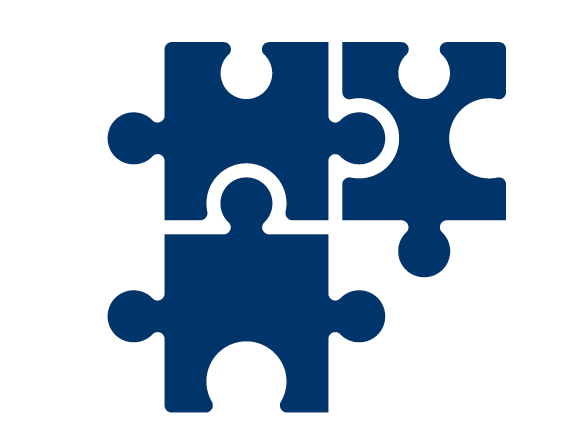Re-representing a Climate Change Story
Filed under: Audio Story,
Grade: Intermediate,
Stories can build understanding around a topic and can also help students explore connections between classroom content and their own lives. In this activity, students will get to be the storyteller and will choose how they would like to retell one of our radio stories.
Background
Through stories, we can learn about history, how to tell right from wrong, and important issues facing us now—like climate change. At Yale Climate Connections, we produce radio stories about climate change. Everyday, Yale Climate Connections releases a new 90-second radio story about climate change, connecting this important issue to other topics that may be more relatable to students, such as arts and culture, health, and food.
But radio stories are not the only way to tell stories. In this activity, students will get to be the storyteller and will choose how they would like to retell one of our radio stories. Learn more about how they will do this in the Educator Page.
It is important to note that storytelling in science (i.e. Yale Climate Connections) is different from other types of storytelling (i.e. fairytales, novels, etc.). In science storytelling, scientists do not make things up. Rather, they use stories as a tool to present facts to an audience in an accessible and even fun way. Scientists’ stories are only about what they have observed and carefully measured in the world.
Goals and Standards:
- Apply a storytelling framework to explain climate change causes, impacts, and/or solutions.
- Describe why storytelling can be an effective tool for communicating about climate change.


